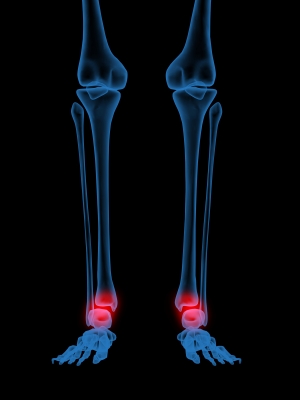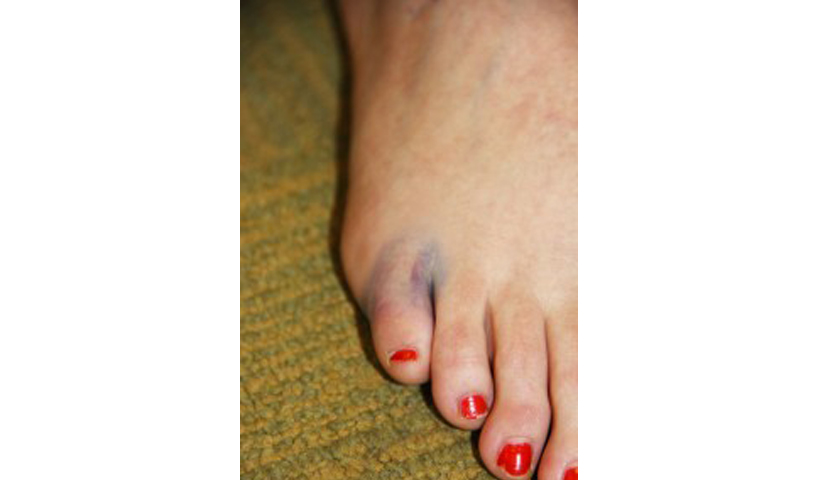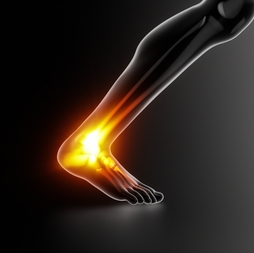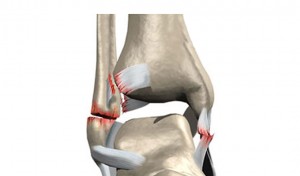 Pulleys, hinges, and cables work best when they are in their correct position. If they get knocked out of place, they may still work, but they will be highly inefficient or unable to do their intended task correctly. It also puts the whole machine at risk for a malfunction. Your body’s structures have specific positions for their functions as well. Subluxation can painfully strain your lower limbs and risk more serious damage.
Pulleys, hinges, and cables work best when they are in their correct position. If they get knocked out of place, they may still work, but they will be highly inefficient or unable to do their intended task correctly. It also puts the whole machine at risk for a malfunction. Your body’s structures have specific positions for their functions as well. Subluxation can painfully strain your lower limbs and risk more serious damage.
What Does That Mean, Anyway?
Subluxation means partial dislocation from the natural position. Something causes tissues to slide out of their normal location when they are being used and slide back when they relax—weakening and damaging them over time. In the feet, typically this happens with partial peroneal tendon dislocation. The peroneal tendons connect muscles in the lower leg to the outside of the foot at the base of the fifth metatarsal, allowing your foot to pull outward and downward. These tendons run behind the outer bump on your ankle and are held in place there by a ligament called a retinaculum. If anything damages the retinaculum, it isn’t able to maintain the tendons’ position, and they can subluxate forward.
Typically this condition develops after a traumatic injury like an ankle sprain, though the shape of your ankle bones may predispose you to it. Typically you feel a popping sensation on the outside of your ankle when you try to move your foot. You may even see the tendons moving out of place. Generally the tissues are painful and tender. You might have swelling on the outside of the ankle as well. This condition does need to be cared for right away. Ignoring it increases your risk of a full dislocation or a tissue rupture.
How Do You Treat That?
Our podiatrists will be able to diagnose peroneal tendon subluxation after a full examination of your foot and ankle. Several tests of your foot movement and diagnostic images can determine the specific problem and its extent. Then our expert staff can help you begin a treatment plan targeted for your unique situation.
You may or may not need surgery depending on the damage to the peroneal tendons and the retinaculum ligament. If you do not require surgery, you will still need to have your foot immobilized in cast or walking boot for several weeks to avoid re-straining the injured tissues as they rest and recover. You’ll need to ice the tendons to help lower inflammation and swelling as well. After the various connective tissues have recovered, you can begin physical therapy to restore your full strength and range of motion.
Many times, however, this injury needs surgical intervention—especially if the condition was not addressed soon enough. The tendons and the retinaculum will need to be repaired and realigned so they are in the correct position. This can be done various ways, including reshaping the natural groove for the connective tissues so that they are less likely to subluxate. Once your foot has recovered from the procedure, you’ll need therapy to rebuild your lower limb strength and stability.
Subluxation of the peroneal tendons is uncomfortable and weakens your whole foot. The damage to your connective tissues worsens the longer it goes untreated, too. Pain in your lower limbs is not normal and should always be addressed before it gets out of hand. Don’t wait until surgery is your only option for healing. Contact Country Foot Care in New York for an appointment or more information by using our website contact page or calling us at (516) 741-FEET.
Photo Credit: Ventrilock via FreeDigitalPhotos.net





